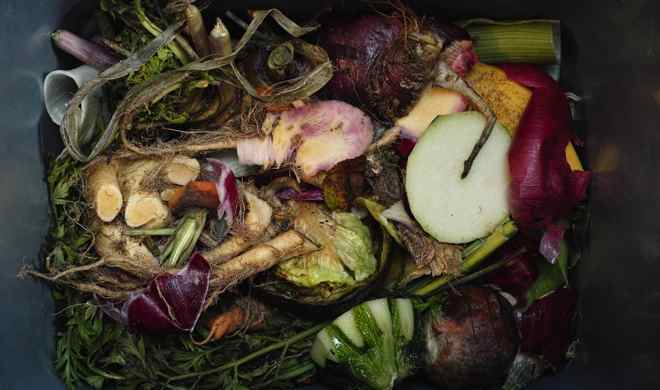Food: Too Good to Waste, created by the U.S. Environmental Protection Agency (EPA), is an initiative aimed at reducing wasteful household food habits. King County, WA, is one of the EPA’s implementing partners that helped create a customizable tool kit to be used by local communities and governments to address food waste. Through these five simple waste prevention strategies surrounding how consumers shop, prepare, store, and cook food, an average family of four could save more than US$1,600 annually.
Make a shopping list with meals in mind.
Planning meals to cook for the week before going to the grocery store can serve as a guide for a shopping list. By checking the refrigerator and cupboards before going shopping, consumers can avoid re-buying food and focus on staple ingredients.
Keep fruits and vegetables fresh.
Different fruits and vegetables ripen at varying paces. Learn which fruits and vegetables stay fresh longer inside or outside of the refrigerator. For example, potatoes and onions should be stored in a cool, dark space, while apples, grapes, and oranges should be stored in the refrigerator.
Buy what you need.
The availability of loose, not packaged, produce allows consumers to buy fresh ingredients in smaller quantities. Similarly, buying dry ingredients in bulk helps control portion sizes while avoiding the appeal of quantity discounts.
Prep now, eat later.
Prepare and cook perishable items, then freeze for later use. By washing, cutting, preparing, and storing fresh food in clear containers soon after returning from the grocery store, ingredients will be more easily accessible throughout the week as snacks or parts of meals.
Eat what you buy.
Place leftovers and fresh food in clear containers so they are more visible in the refrigerator. A rotating refrigerator system encourages the placement of perishable items in front so they will be consumed first. By using leftovers and old ingredients, new dishes are created and less food is wasted.













